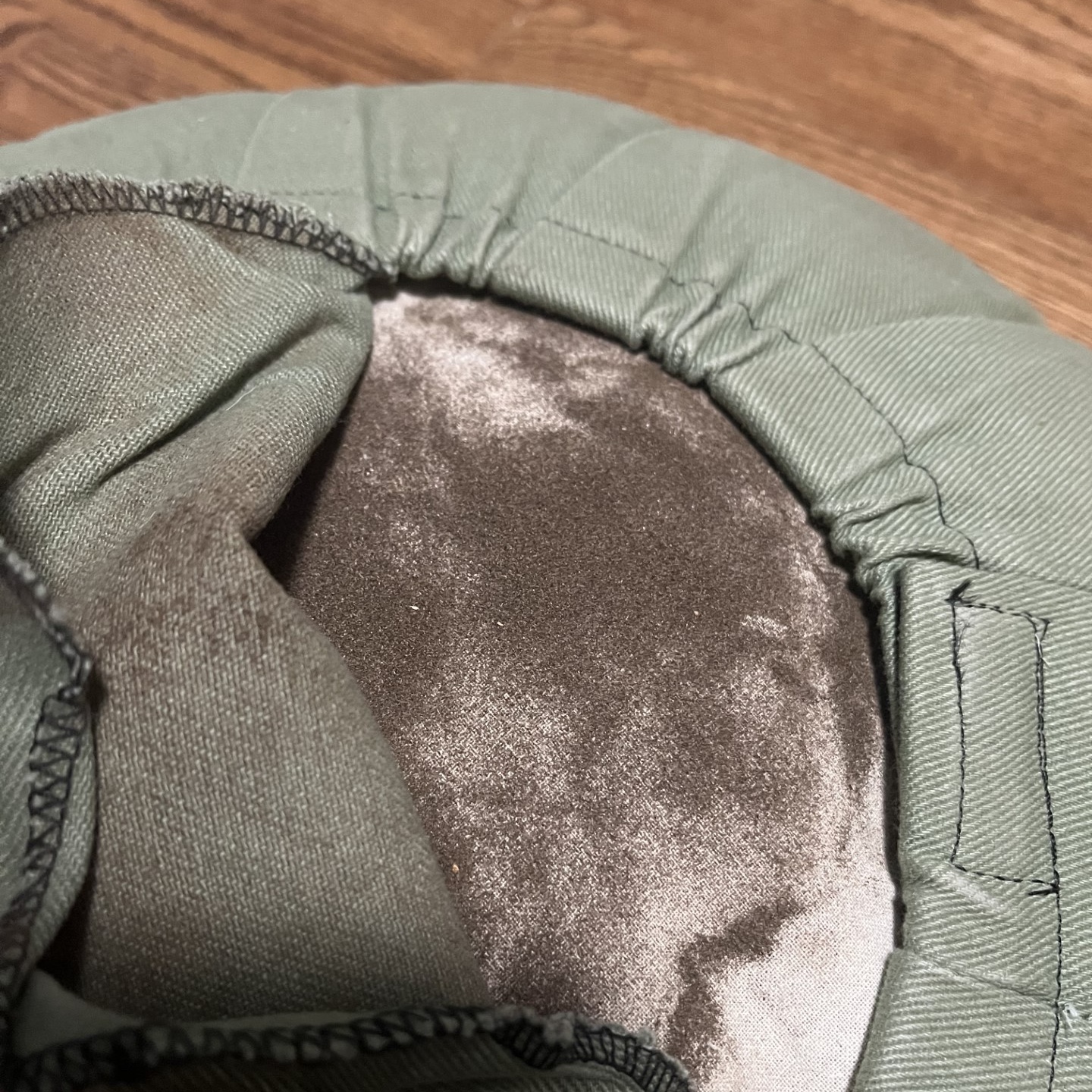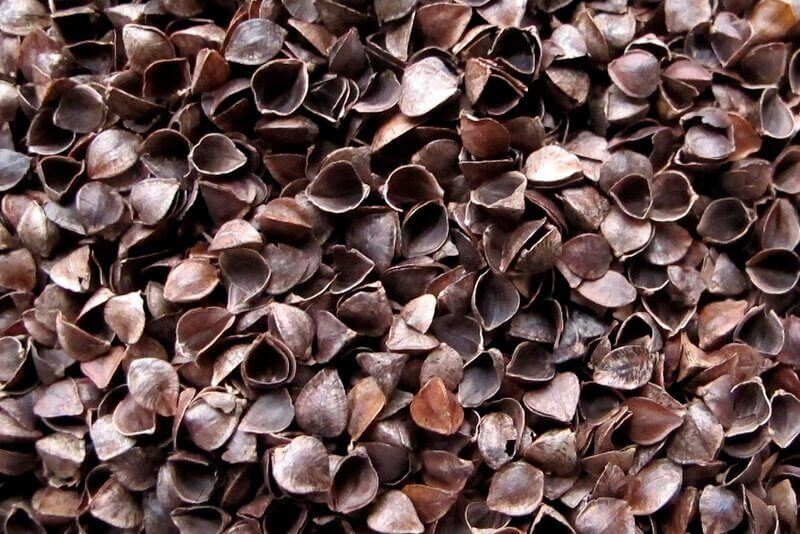Does My Buckwheat Hull Meditation Cushion Have Bugs?
Posted by Jay Suthers on Feb 14th, 2024
At Sage Meditation, we offer several styles of meditation cushions with either kapok, a cotton-like fiber, or buckwheat hulls as fill. The pros and cons of each type of fill are discussed in our earlier blog article, Kapok vs. Buckwheat Hulls. Both types of fill are naturally organic and pest resistance.
Many customers have discovered that, when they open or remove the cover of one of our Deluxe buckwheat hull meditation cushions, they find an accumulation of powder. This causes some concern that the buckwheat hulls might be infested with bugs. Here is a photo of the powder found under a buckwheat hull Deluxe Zafu:

The customer who provided us with this photo had not opened the cover in nearly 2 years when they discovered the dust and, also important, they have been daily users of this Zafu.
Let's begin by understanding what buckwheat hulls are. Buckwheat hulls are the outer shell of the buckwheat grain. This shell is removed from the grain because it is inedible and would make the buckwheat grain impossible to eat.

On a side note, buckwheat, also known as buckwheat groats, is a tasty, filling grain and is gluten free. When it is harvested from the field and then dried, the hulls crack in half and fall off the grain. Taking advantage of the heavy grain and light shell, the two are easily separated. The shells are not of much use except for stuffing cushions. In multitude, they are nearly sand-like and create a soft, form-fitting cushion.
With regular use of the buckwheat hull meditation cushion, the hulls grind together breaking off tiny pieces of the hulls. The result is the fine powder-like substance in the photo above. The broken pieces of hull are small enough to work their way through the weave of the cotton fabric shell in which the hulls are contained.
The Zafu in the photo above is one of our Deluxe Buckwheat Hull Zafus with a removable cover. The sage green cover has been opened up to reveal the cotton fabric container on the inside of the cushion and the accumulated buckwheat hull dust. If you have one of our Economy Buckwheat Hull Zafus, some of the buckwheat hull dust may be able to work its way through the heavy cotton cover and you may find some of the dust under the cushion.
This buckwheat hull dust can be vacuumed and removed or you can take the cushion outside and shake the dust off. It is non-toxic and hypoallergenic. Of course, you don't want to go sniffing up as, just like pepper or any other powder, it will probably make you sneeze.
In the end, your buckwheat hull meditation cushion is not infested with bugs. You can even examine this under a magnifying glass to note that there are no features of an insect present. Also, it would take many decades for all of the buckwheat hulls to break down to powder. The breakdown is normal and should not diminish the usefulness of the cushion.
That's not to say it is impossible for bugs to get into a buckwheat hull or kapok cushion. If the cushion should become damp, it could harbor mold, mildew, or even bugs. Drying a cushion after exposure to moisture is essential to preventing any contaminants from taking residence in the stuffing. Place the cushion outside on a dry, sunny day to dry it out. Don't put it into a dryer as the tumbling action could tear one of the seams causing the stuffing to burst out. And, in the case of the heavy buckwheat hulls, an 8 pound buckwheat hull Zafu could damage your machine.
Shop for Meditation Cushions Here.
I hope this is helpful but please let me know if you have any other questions or thoughts.
Sincerely Yours, Jay
If you would like to comment on this blog or have any questions, please feel free to Contact Sage Meditation Customer Service.

